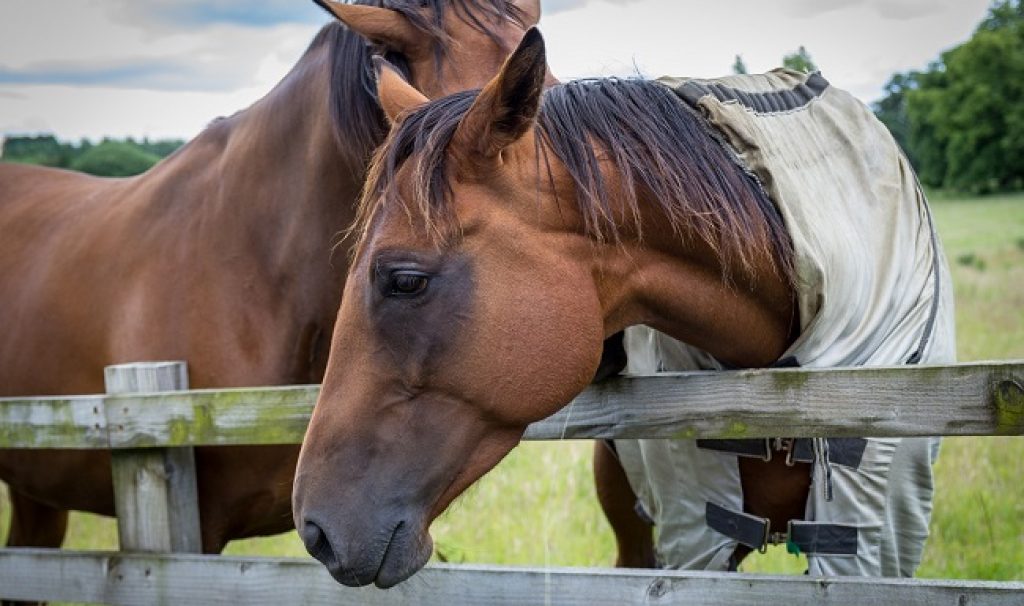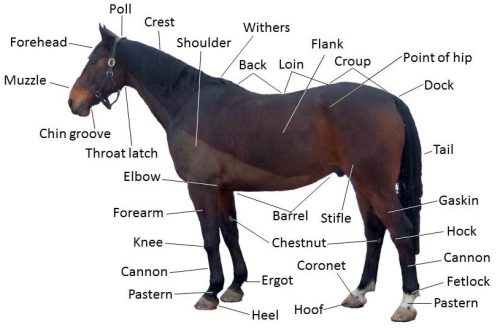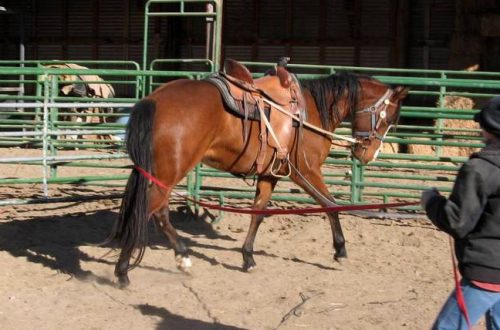
Research Findings: Horses Turn to Humans for Help
Research Findings: Horses Turn to Humans for Help
A horse asks a person for help: the horse a) pushes the woman lightly and b) looks at the woman standing outside the paddock. The food is hidden inside one of the silver buckets, the buckets are behind the horse. When a horse is unable to obtain food on its own, it provides visual and tactile cues to humans.
What does a horse do when he himself is unable to solve a problem? She asks a man to help her!
Japanese researchers have proven that when horses are faced with unsolvable problems, they use visual and tactile cues to get a person’s attention and ask for help.
Kobe University researchers Monami Ringhoffer and Shinya Yamamoto published the results of their experiments in the journal Animal Knowledge. They found evidence that horses can change their communication behavior depending on whether the person is aware of their problem or not.
Ringhoffer and Yamamoto studied the social cognitive skills of horses in a problem-solving situation where food was hidden in a place only humans could access.
The experiment was carried out in a paddock owned by the equestrian club at Kobe University, where eight horses from the club interacted with students who looked after them.
For the first experiment, the experimenter’s assistant hid the carrots in a bucket that the horse couldn’t open. The researchers observed which signals the horse sent to the coming person (who was not aware of the situation) and how exactly she did it.
The horse stood near the student, looked at him, touched and pushed. This behavior lasted for a much longer period than if the student had simply been near the paddock (no experimental conditions, no hidden food).
Horse and stable student at Kobe University.
The results showed that when horses are unable to solve problems on their own, they send signals to humans, both visually (by looking) and physically (by touching, pushing).
Based on these results, the situation was changed for the second experiment. Now the student was present at the moment when the food was hidden in the bucket, i.e. he knew about her. The researchers tested whether the horse’s behavior would change if he knew that the person was aware of the problem. If the student didn’t watch the helper hide the food, the horses gave more signals. This tells us that horses change behavior depending on the fact that the person is aware of the problem or situation.
In these two experiments, some features of the behavior of horses were discovered, aimed at satisfying their needs with the help of a person. It is assumed that horses have high cognitive abilities that allow them the flexibility to change their behavior towards people, assessing even such subtleties as a person’s awareness of the horse’s problem. This high social cognition may have been acquired by horses through the process of domestication.
By deepening humanity’s understanding of the cognitive abilities of animals forced to interact closely with humans, and comparing them to the cognitive abilities of species such as primates that are evolutionarily close to humans, we can explore the development of unique communication traits in domesticated animals.
This is due to the impact of domestication on animal cognition and could potentially provide valuable information for realizing stronger bonds between humans and animals.
Ringhoffer and Yamamoto noted that animal-to-animal communication to obtain information about food and predator locations is a valuable survival skill. Chimpanzees, which are evolutionarily close to humans, have especially developed skills in understanding the signals of other individuals.
Research shows that chimpanzees sense attentional states (seeing or not seeing) and can determine situational awareness (knowledge or lack thereof).
Other pets also show high communication skills with people. Recent studies conducted on dogs have shown that dogs are excellent at understanding various human gestures and emotions. It is believed that these abilities were also influenced by the process of domestication.
Translation by Valeria Smirnova (a source).





